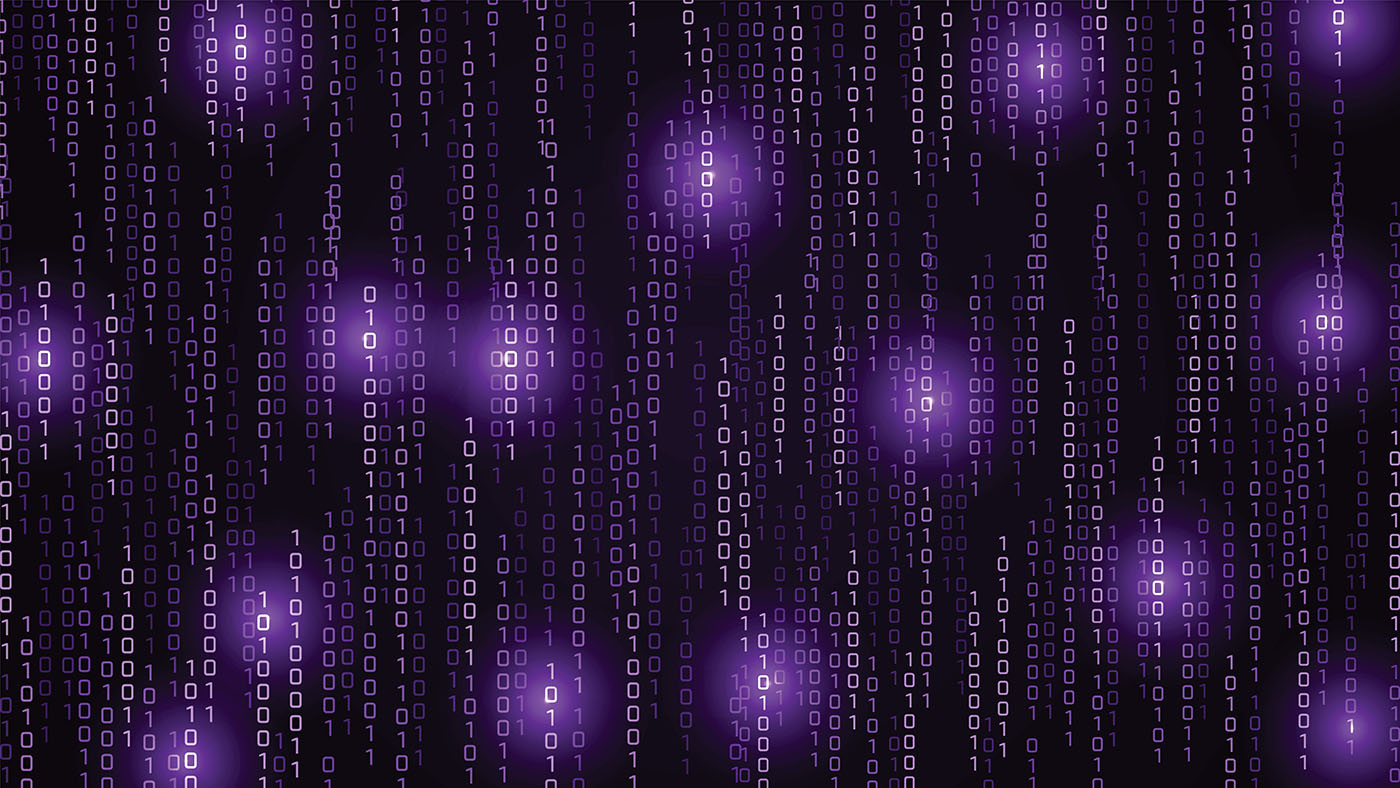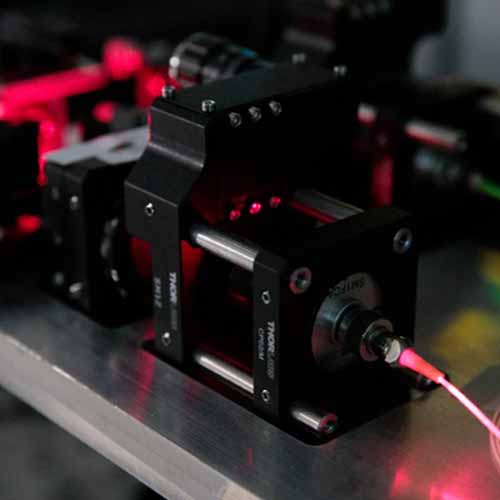Highlights
Guarding quantum communication against manipulation
 Single-photon detectors used in QKD systems are vulnerable to side-channel attacks. They can be âblindedâ by bright light and âspoofedâ by strong light pulses. Christian Kurtsiefer and Shen Lijiong propose a simple countermeasure. Image credit: Shutterstock.com/King Designz
Single-photon detectors used in QKD systems are vulnerable to side-channel attacks. They can be âblindedâ by bright light and âspoofedâ by strong light pulses. Christian Kurtsiefer and Shen Lijiong propose a simple countermeasure. Image credit: Shutterstock.com/King Designz
Quantum key distribution (QKD) promises secure communication, but imperfect devices or implementation can leave security loopholes. CQT Principal investigator Christian Kurtsiefer and former group member Shen Lijiong have demonstrated a way to close a potential loophole in the performance of single-photon detectors.
The researchers have patented their method and the technology has been licensed to QKD manufacturers, including a local spin-off company from CQT.
QKD generates secure keys for encryption from the properties of the quantum states of single photons, measured at single-photon detectors. Any eavesdropper that intercepts the photons in transmission will disturb their quantum states, inevitably, by the laws of quantum physics, revealing themselves.
However, the eavesdropper might instead try manipulating the single-photon detectors with something else other than single photons. Detectors can be vulnerable to side-channel attacks. For example, bright light can blind detectors into not responding when there is a single photon, and even stronger light tricks detectors to respond as if they were detecting a single photons. The combination could let an eavesdropper measure the photons and plant the results in the detector, spoofing the user into thinking they have a secure key.
Christian and Lijiongâs countermeasure protects against âblindingâ and âspoofingâ attacks by making the detectors perform self-testing. They have published details in APL Photonics on 13 January 2025. Lijiong, who is first author, is a CQT graduate and former Research Fellow. He is now an Associate Professor at Hangzhou Normal University.
Shining light
The researchersâ method is simple â shine a background light on the detector.
At low power, this creates noise that the detector should register. At high power, the detector is blinded. To look for eavesdropper activity, the user just needs to check the performance of the detector in these two regimes by turning on a light emitter at unpredictable times. If an eavesdropper is manipulating the detector, the detector would either not register the extra noise or give signals when it was supposed to be blinded, when the eavesdropper adds more light or bright pulses.
The researchers expect that their method can be implemented easily with any single-photon detector without any knowledge of how the detectors should work.
Other countermeasures also exist to guard against detector attacks, such as limiting the power of incoming light or varying the detector efficiency to detect manipulation attempts.
Advantages of the new method are that it is simple, works for different kinds of attacks and will not have a big impact on the final key rate.
âThis is a powerful tool as it does not make any assumptions about the nature of the attack,â says Christian. âIt just tests that the detector is working as advertised by exposing it to single-photon-like light that it is supposed to detect.â
An elegant concept
To demonstrate their method, the researchers used a light emitting diode (LED) with a centre wavelength of 940nm for the self-testing. They first switched on the light at low power for intervals of 200 microseconds for both a normal detector and manipulated detector, over more than 7000 test runs.
The researchers compared how well the detectors in each scenario could register the background noise of the light emitter. They observed that the normally operating detector recorded an average of about 100 detection events while the manipulated detector had about 10. Since the two distributions were easily distinguished, the detector manipulation attempt could be identified in a single measurement interval.
In another self-testing example, the researchers turned on the LED at higher power to blind their detector. They then measured the number of detection events occuring during the test intervals of 200 microseconds. The normally operating detector was unresponsive â the researchers observed only eight detection events in 7608 test runs. In contrast, the manipulated detector recorded 7655 out of 7658 events.
Next the researchers want to test if their self-testing method can be integrated with other approaches. They also invite a rigorous theoretical security analysis. Christian notes that their demonstration âonly covers the physical aspect using what I believe is an elegant concept.â









